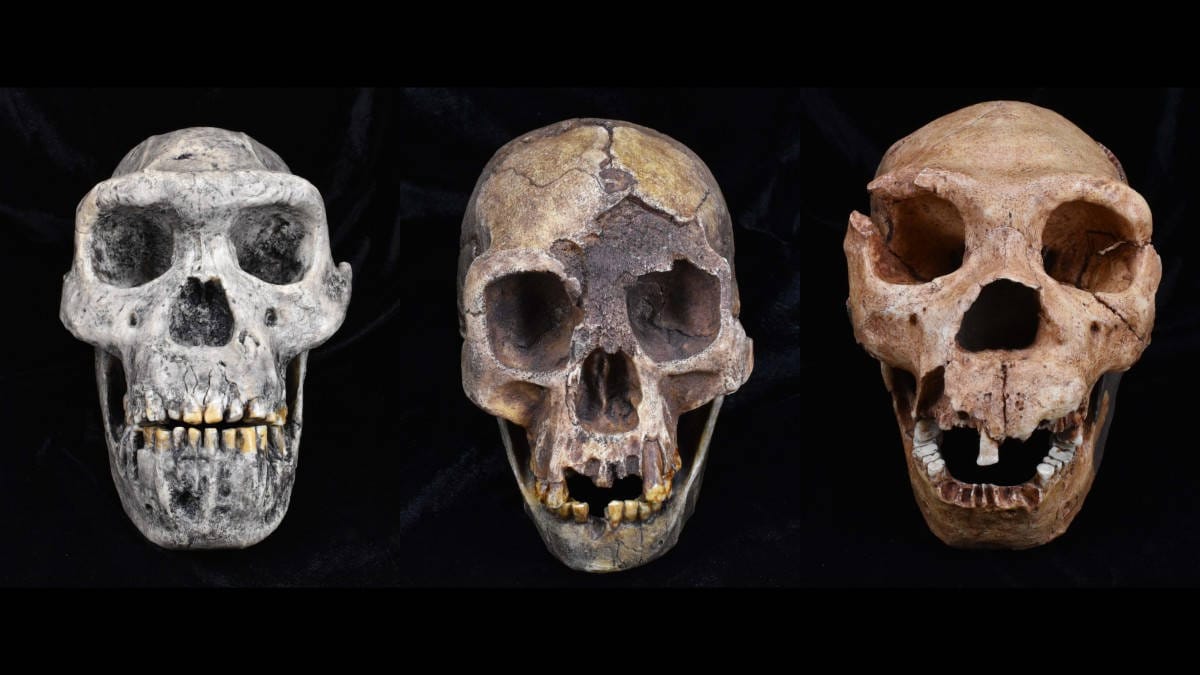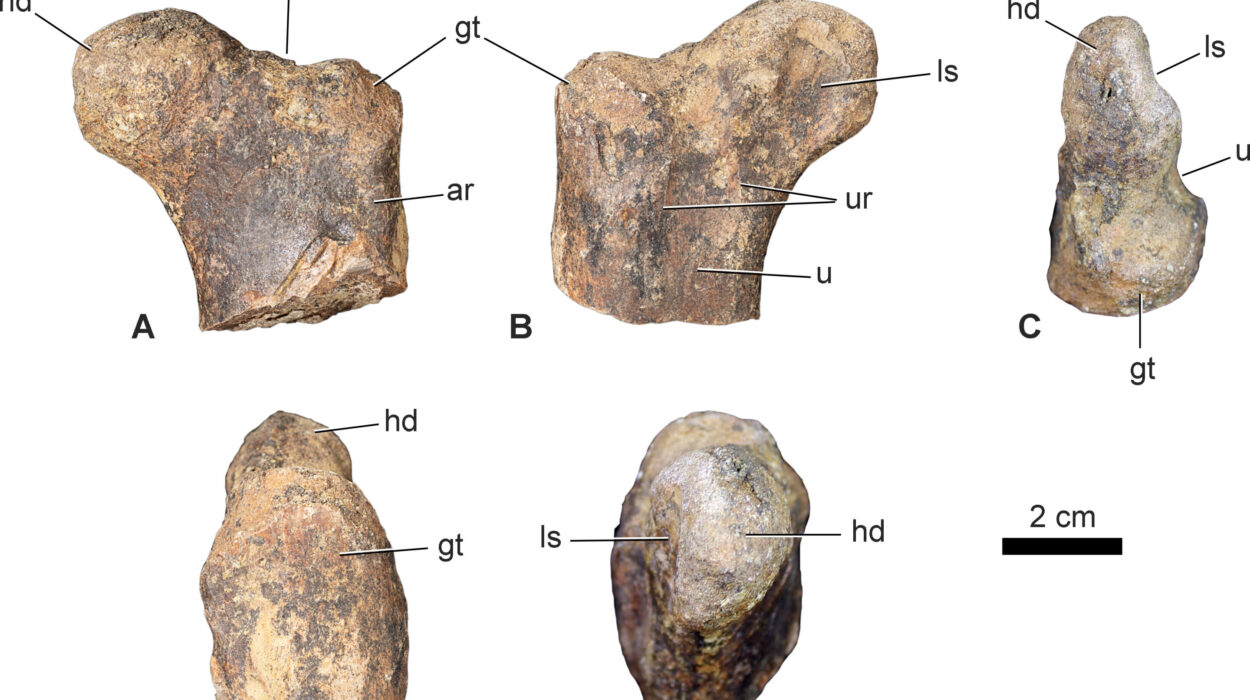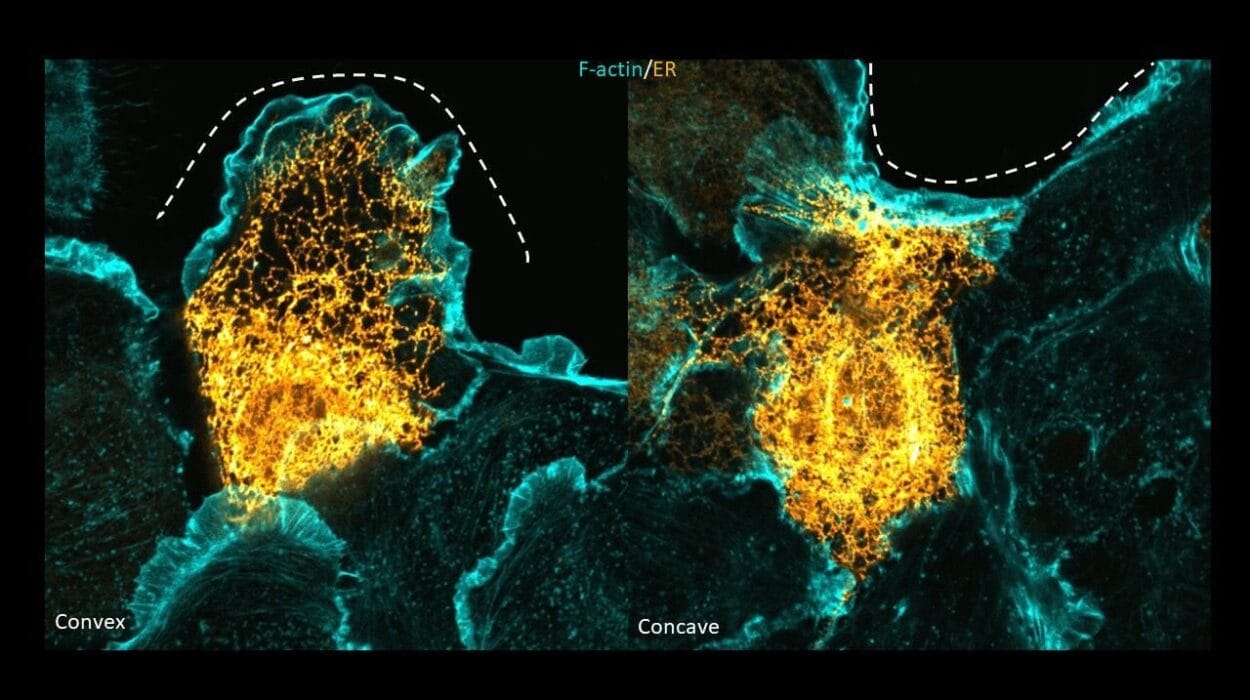Life on Earth has continuously evolved, adapting to shifting environmental conditions over billions of years. One of the most fascinating examples of this adaptation is seen in enzymes—proteins that speed up biochemical reactions within cells. Enzymes play a crucial role in sustaining life, and their ability to function efficiently is highly dependent on temperature. Understanding how enzymes evolved to operate in diverse thermal environments offers deep insights into both evolutionary biology and biotechnology.
Temperature and Enzyme Function
Each enzyme has an optimal temperature range where its activity is at its highest. In humans and other mammals, most enzymes function best at around 37°C, which corresponds to normal body temperature. Any significant deviation from this range causes enzymatic activity to slow down and eventually stop. However, life is not restricted to moderate temperatures. Some organisms thrive in extreme conditions—boiling hot springs, freezing polar waters, and deep-sea hydrothermal vents. These extremophiles have developed enzymes that remain functional under such harsh conditions.
Enzymes from thermophiles, which inhabit high-temperature environments, are remarkably stable at elevated temperatures and maintain catalytic activity even under extreme heat. However, they become less efficient at lower temperatures. In contrast, enzymes from organisms living in moderate (mesophiles) or cold environments (psychrophiles) lack this heat resistance but are highly active at lower temperatures.
The Evolutionary Origins of Temperature Adaptation
Scientific evidence suggests that the earliest life forms were thermophiles, capable of withstanding high temperatures. As Earth gradually cooled, these ancient organisms had to adapt to lower temperatures, leading to significant changes in their enzymatic machinery. The key to this adaptation lies in the flexibility of enzyme structures. Enzymes that function in cold environments tend to have more flexible molecular structures, allowing them to remain active at low temperatures. However, the exact molecular mechanisms that drive this adaptation are still not fully understood.
Studying how thermophilic enzymes evolved to function in cooler conditions is crucial for understanding evolutionary biology. It also has practical applications in bioengineering, where scientists can modify enzymes for industrial and medical use. However, since ancestral enzymes no longer exist, researchers must rely on a technique called ancestral sequence reconstruction (ASR) to investigate their evolution.
Reconstructing Ancient Enzymes
ASR is a powerful scientific method that combines molecular phylogenetics with genetic and protein engineering. It allows researchers to infer and reconstruct the genetic or protein sequences of long-extinct organisms by analyzing the sequences of modern species. This approach helps scientists track evolutionary changes and determine how specific mutations influenced enzyme function over time.
One enzyme that has been extensively studied using ASR is 3-Isopropylmalate dehydrogenase (IPMDH), which plays a key role in the biosynthesis of leucine, an essential amino acid. Because this enzyme has a long evolutionary history and exists in both thermophilic and mesophilic organisms, it provides an excellent model for studying how enzymes adapted to lower temperatures.
Tracking the Evolution of IPMDH
A team of researchers led by Professor Satoshi Akanuma from Waseda University, Japan, along with Assistant Professor Sota Yagi, Dr. Subrata Dasgupta, and Dr. Shunsuke Tagami from the RIKEN Center for Biosystems Dynamics Research, used ASR to trace the evolution of IPMDH from the last common ancestor of bacteria to its modern form in Escherichia coli. Their study, published in the journal Protein Science, provides significant insights into how enzyme efficiency improved at lower temperatures.
By reconstructing 11 intermediate ancestral enzymes along the evolutionary pathway, the researchers were able to analyze how catalytic activity changed at different stages. They observed that enzymatic activity at 25°C increased over time, but instead of a gradual improvement, a dramatic shift occurred between two key ancestral enzymes—Anc05 and Anc06.
Molecular Mechanisms Behind Temperature Adaptation
To uncover the reason behind this sudden increase in enzymatic efficiency, the researchers compared the amino acid sequences of the ancestral enzymes. Using a technique called site-directed mutagenesis, which allows precise modifications of DNA and protein sequences, they identified three specific amino acid substitutions that significantly enhanced enzyme activity at 25°C.
Surprisingly, these mutations were not located in the active site of the enzyme—the region where catalysis occurs. Instead, they were found in distant regions of the protein, challenging the long-held belief that temperature adaptation is primarily driven by modifications in the active site. This discovery suggests that structural changes in other parts of the enzyme can also influence its overall efficiency at different temperatures.
Molecular dynamics simulations further revealed that the key structural difference between Anc05 and Anc06 was their conformational state. While Anc05 remained in an open conformation, Anc06 could adopt a partially closed structure, which reduced activation energy and increased enzymatic efficiency at lower temperatures.
Climate Change and Evolutionary Shifts
This structural transition in IPMDH is estimated to have occurred between 2.5 and 2.1 billion years ago, coinciding with a major climatic shift known as the Great Oxidation Event. During this period, rising oxygen levels led to a decline in atmospheric methane, causing a significant drop in global temperatures. The researchers suggest that this cooling event may have driven the adaptation of enzymes to lower temperatures, allowing organisms to survive and thrive in the changing environment.
The findings of this study provide a deeper understanding of how enzymes evolved in response to Earth’s climate history. By identifying specific mutations that enhance enzymatic efficiency at different temperatures, ASR offers valuable insights into the molecular mechanisms behind evolutionary adaptation.
Applications in Biotechnology and Future Research
Beyond its implications for evolutionary biology, the study of enzyme adaptation has practical applications in biotechnology, pharmaceuticals, and environmental science. Enzymes engineered to function at specific temperatures could be used in industrial processes, such as biofuel production, food preservation, and medical treatments. Understanding how enzymes adapt to different thermal conditions could also aid in the development of more efficient and stable biocatalysts for various applications.
Professor Akanuma emphasizes that applying ASR to a wider range of enzymes could reveal even more about how life has evolved over the past four billion years. By continuing to study the molecular changes that shaped enzymatic function, scientists can uncover new strategies for designing customized enzymes with enhanced properties.
The evolution of enzymes is a remarkable testament to the adaptability of life. From the scorching heat of early Earth to the diverse environments of today, enzymes have continuously evolved to meet the changing demands of life. As research progresses, unlocking the secrets of enzyme adaptation will not only deepen our understanding of evolution but also open new doors for scientific and technological advancements.
Reference: Shuang Cui et al, Insights into the low‐temperature adaptation of an enzyme as studied through ancestral sequence reconstruction, Protein Science (2025). DOI: 10.1002/pro.70071






